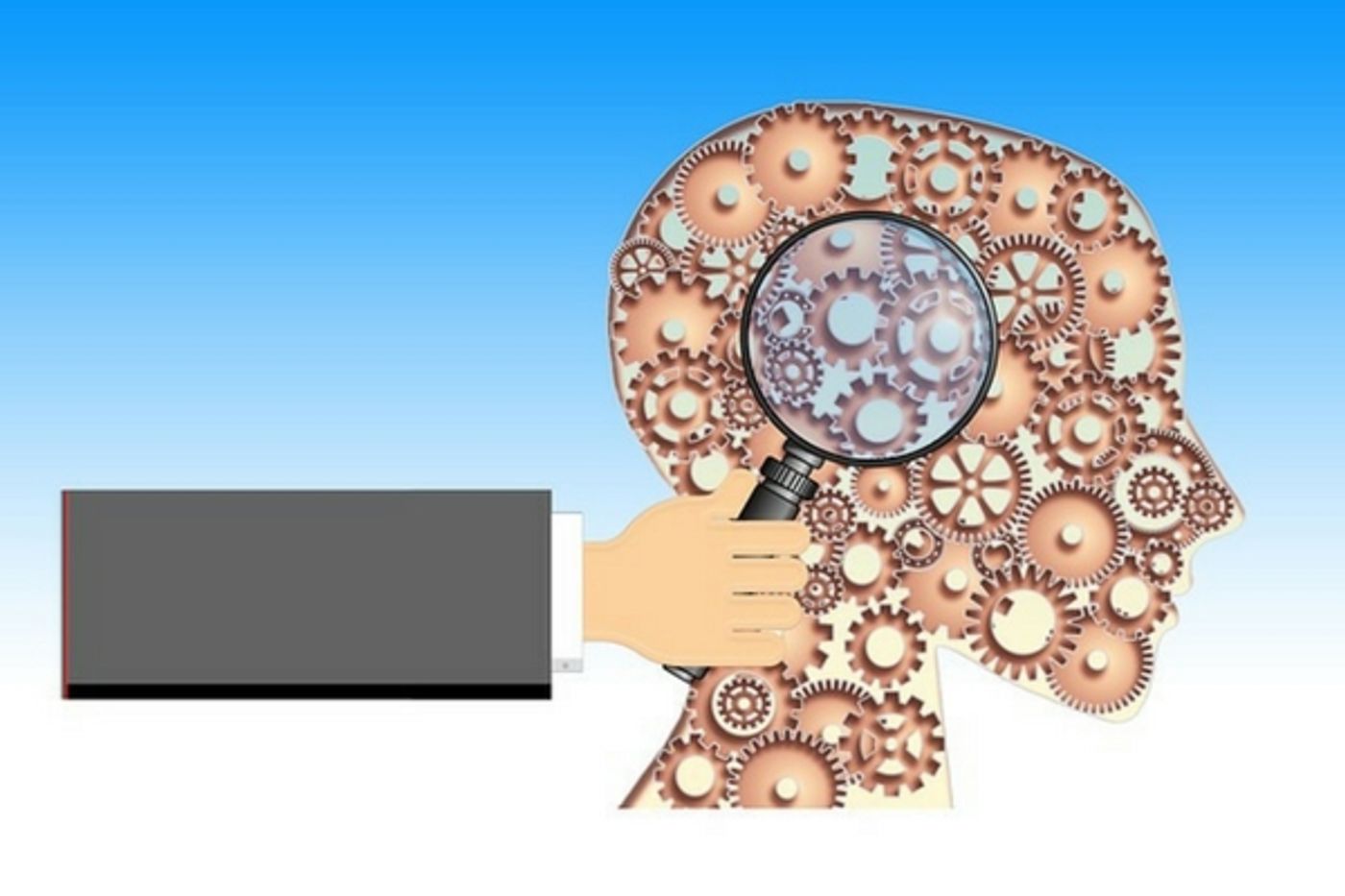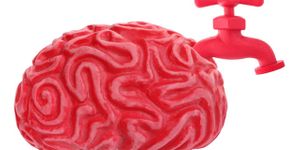Connections in the Brain: It's All About the Astrocytes
When it comes to brain function, it’s all about the connections. The brain contains billions of neurons that communicate with each other. This network of cells has to be able to connect and share messages, otherwise, the entire body is disrupted since the brain is the command center for everything we do.
Neurons are the workhorses of the brain, but they aren’t the only cell in the picture. Neurons pass messages via synapses which are essentially intersections where one group of cells is adjacent to another. There are small gaps in these crossroads of cells and to get the messages over them, astrocytes are involved, but until recently neuroscientists didn’t realize exactly how that mechanism worked.
Researchers at the Salk Institute have recently found the specific tasks that astrocytes perform and how they go about it and this discovery, published in the journal Neuron, has far-reaching potential for the treatment of neurological disorders like schizophrenia, autism, and ADHD. These conditions are thought to result from a misfire somewhere in the neural networks of the brain. By pinpointing exactly how the astrocytes are involved in the connectivity of the brain, the team at Salk hopes to move forward on finding ways to treat these issues.
Nicola Allen is an assistant professor at Salk’s Molecular Neurobiology Laboratory and is the senior author of the research. She explained, “When the brain is forming, all the neurons have to make the right connections with each other to function properly. But how that happens, and what the molecular signals are in the process, is still something we don’t fully understand.”
Research into how astrocytes facilitate communication has focused on specific proteins they secrete, but when tested, none of the proteins were able to cause a synapse to function and carry a signal. When Dr. Allen was a postdoctoral researcher, she found that a protein called “glypican 4” seemed to get messages across the synaptic gap. Whenever this protein was introduced, sending neurons (presynaptic) were linking up with receiving neurons (post-synaptic) and the messages, in the form of chemicals called neurotransmitters, were getting across. Still, the details of exactly how this was happening were not clear.
Allen came to Salk and set up her own lab and was joined by the paper’s first author, research associate Isabella Farhy-Tselnicker. Together they wanted to figure out exactly how this process occurred and why glypican 4 was effective. They cultured neurons and compared two groups. One treated with glypican 4 and the other with a protein called thrombospondin. Thrombospondin was essentially the control group since it had been found to affect neurons, but did not work to make synaptic connections happen.
Their results showed that in neurons treated with glypican 4, the number of receptors was increased, but it wasn’t just the amount of receptors. Glypican 4 caused the receiving neurons to secrete a protein called neuronal pentraxin 1 (NP1), and it was this protein that caused cells on the receptors to bind to the sending cells and establish the synaptic connection. The glypican 4 also caused the sending cells to produce NP1, so this same protein was acting on both sides of the connection.
Allen explained, “We did not expect to find that a protein secreted by astrocytes would impact neurons on both sides of the synapse. Not only does this reveal a more complex role for astrocytes as organizers of active synaptic connections, but it also offers an exciting therapeutic target for synaptic dysfunction.” The video below from the Salk Institute features Dr. Allen explaining her research in more detail.
Sources: Salk Institute, Neuron, Inside Salk









